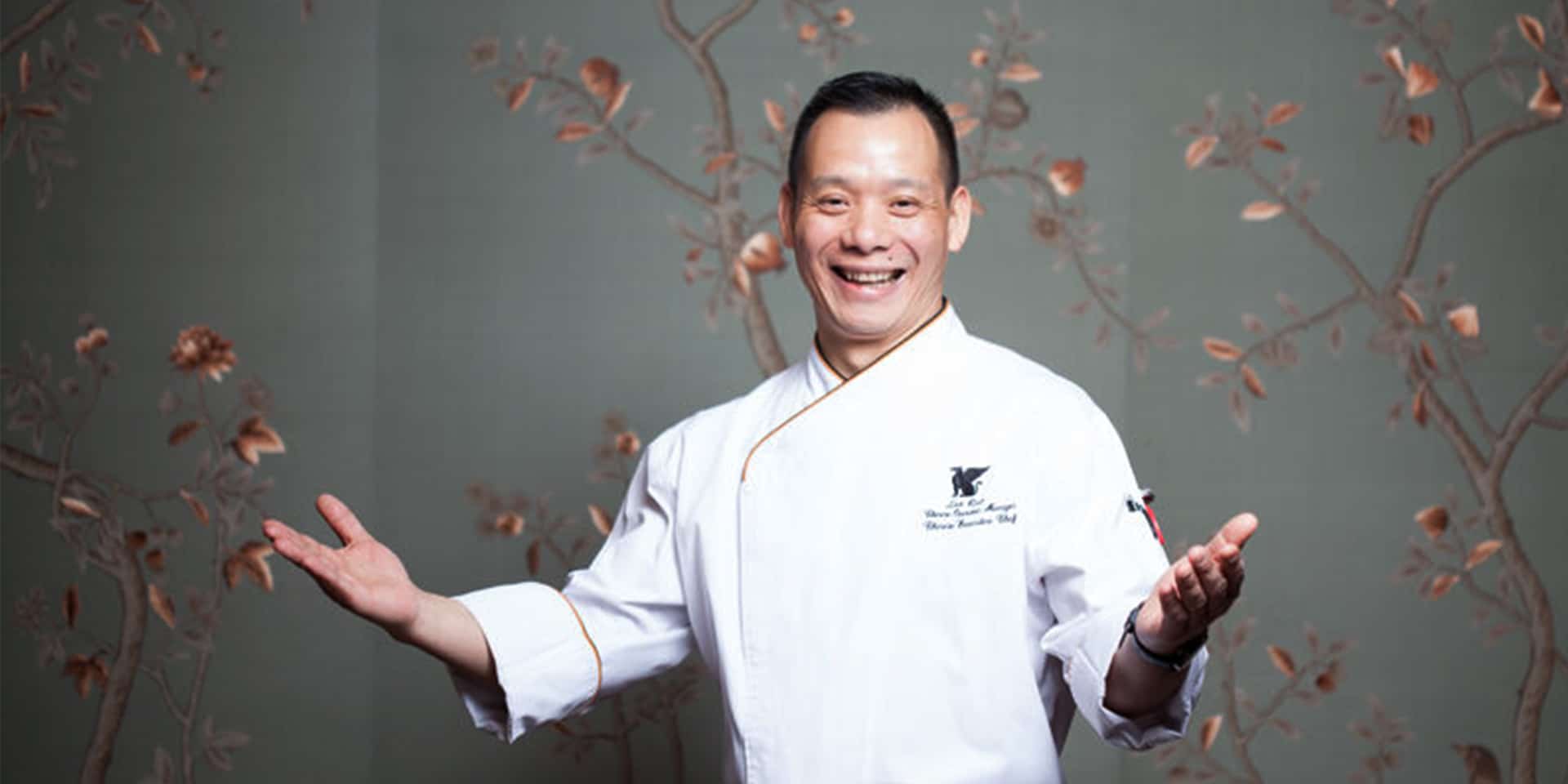While Americans pile their dinner tables high with turkey, stuffing, cranberry sauce and pumpkin pie to celebrate Thanksgiving at the height of the fall season, Chinese families also come together to celebrate the harvest, but at the center of the table is a favored delicacy known as “mooncake” consumed only during the Mid-Autumn Festival, China’s second largest holiday next to Chinese New Year.
The mooncake, a crisp pastry wrapped around a lotus seed filling and a surprising, salty egg-yolk center, is sliced and shared as a symbol of good heath and good fortune during the celebration also known as the Moon Festival.
According to Chinese calendars, the moon is believed to be the biggest and fullest during this time, from mid-September to early October.

Under a shining moon Chinese families celebrate by hosting meals, hanging lanterns and, of course, eating mooncakes descended from a more than 3,500-year-old recipe. Modern chefs have transformed the treat with new flavor profiles and ingredients, from green tea to ice cream. Among these chefs is Chef Cao, of the JW Marriott Hotel Beijing Central, who found inspiration in an ancient legend for the flavors in his mooncakes.
Legend has it that the moon goddess, Chang’e, drank an elixir of immortal life from the hands of her husband’s enemy. The potion caused her to fly higher and higher until she reached the moon. Her husband, left mourning on Earth, took her favorite foods to an altar as an offering in hopes of seeing his “Lady in the Moon”again.
And in that spirit, offering mooncakes to family and friends became a ritual during early Mid-Autumn Festival celebrations.
Throughout the season images of Chang’e appear on cards, lanterns and other seasonal decorations. Inspired by the theme of reunion in the classic tale, Chef Cao creates thoughtfully crafted mooncakes to highlight how the holiday, and the food, brings family and friends together in China.


With fillings ranging from a sweet date jam to savory XO sauce and pork, each mooncake highlights seasonal ingredients as a nod to the harvest and is meant to allow guests to experience the extensive and profound traditional culture of China.
At the same time they serve as a nod to Chef Cao’s own childhood.
“I really miss the time when I was a child, when my mother held me to enjoy the full moon and eat mooncakes,” he says.
Now Chef Cao spends his Mid-Autumn Festival traveling the country with his family to try mooncakes from different areas. He recommends travelers spend the holiday in Beijing to visit the Back Lakes (Hou Hai) or Shichahai for the perfect moon-gazing setting — beautiful lanterns are often hung around the area during the festival.

And the best way to enjoy a mooncake? Chef Cao suggests that while traditional mooncakes are served with tea, some mooncakes can also be paired with champagne or white wine.
“Of course, sharing with family is the best way to enjoy mooncake,” he says.




